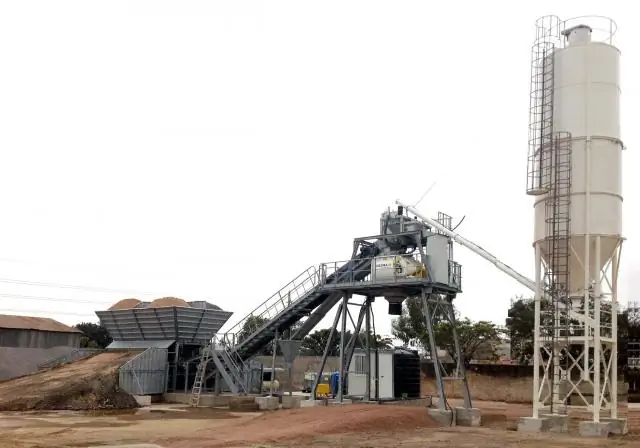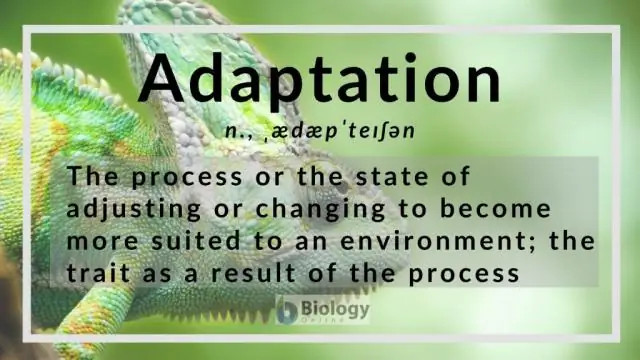- Author Rachel Wainwright [email protected].
- Public 2023-12-15 07:39.
- Last modified 2025-11-02 20:14.
Bronchiectasis
Bronchiectasis (bronchoectasis; broncho- (broncho-); Greek bronchos - windpipe; prefix denoting a connection with the bronchi + Greek ektasis - expansion) - noted with anomalies in the development of the bronchial tree or inflammatory-dystrophic changes in the walls, expansion of limited areas of the bronchi.
Allocate bronchiectasis:
- Atelectatic: characterized by uniform expansion of many bronchial branches and forming in the area of extensive atelectasis of the lungs; the parenchyma of the lungs with atelectatic bronchiectasis takes the form of a honeycomb;
- Atrophic: characterized by thinning and atrophy of the walls of the dilated sections of the bronchus;
- Varicose (synonym: clear bronchiectasis): areas with a normal lumen alternate with enlarged areas of the bronchus;
- Fusiform: there is a gradual transition of the enlarged part of the bronchial lumen into an area of normal size;
- Congenital: forming in the first days of a newborn's life or in the prenatal period and related to anomalies in the development of the bronchial tree (mainly the lower lobes of the lung);
- Hypertrophic: characterized by hypertrophy of the muscular and mucous membranes of the bronchus, as well as their increased thickness;
- Destructive (synonyms: endobronchitic cavity, bronchiectatic cavity, bronchogenic cavity): as a rule, saccular, appearing with suppuration of the bronchus and adjacent tissues;
- Dysplastic (synonym: dysontogenetic bronchiectasis): formed in the first years of a child's life as a result of a congenital anomaly of the stroma of the lung and the supporting cartilaginous skeleton of the bronchial tree;
- Saccular: bronchiectasis, which is in the shape of a sac;
- Acute: appearing as a result of a sharp decrease in the tone of the bronchial wall or as a complication of an acute destructive process in the lung;
- Postbronchitic: arising at the end of the course of chronic bronchitis in connection with dystrophic disorders of the walls of the bronchi, or at the end of the course of acute bronchitis due to a violation of the tone of the bronchial wall or its purulent fusion;
- Post-stenotic (Latin prefix post- - behind, after + Greek. Stenosis - narrowing): formed due to atony of the walls and stagnation of mucus distal to the narrowing of the bronchus in bronchoconstriction;
- Retentional: arising from the stretching of the bronchial wall with bronchial secretions or due to the loss of its tone (for example, with cystic fibrosis);
- Dry: characterized by the absence of pus or secretion and expressed by a dry cough or, in rare cases, hemoptysis;
- Cylindrical: Bronchiectasis that is cylindrical.
Found a mistake in the text? Select it and press Ctrl + Enter.






